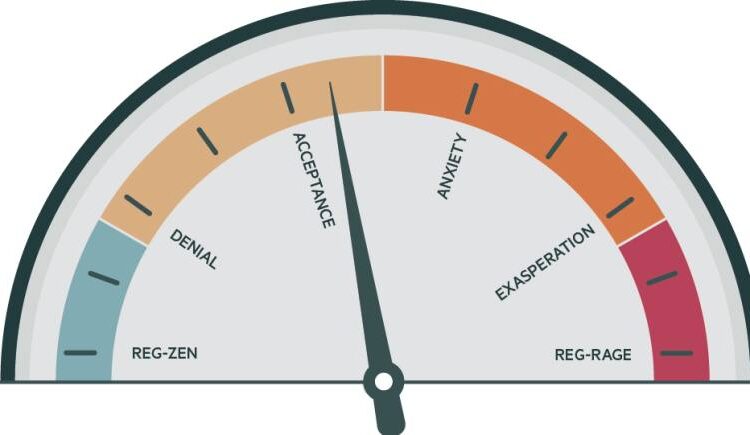
A year since California’s Silicon Valley Bank collapsed, triggering a mini banking crisis, regional lenders in the US are battling another brewing crisis in the commercial real estate market. Worried supervisors are taking no chances this time around. Vice-chair for supervision, Michael Barr, shared the Federal Reserve’s direction of travel in a speech to the Columbia Law School annual banking conference in February. The writing is on the wall for regional banks: more scrutiny, more supervision, more rules.
More scrutiny
Since the fall of SVB, the Fed has kept closer tabs on firms with assets of between $10bn and $100bn, particularly large and more complex regional banking organisations that are growing rapidly.
“We are assessing such a firm’s condition, strategy, and risk management more frequently, and deepening our supervisory interactions [with] the firm,” said Barr in his speech.
The Fed has upped the ante by downgrading more firms’ supervisory ratings and issuing more enforcement actions over the past year.
More supervision
The Fed is also moving towards “more co-ordination” between regional banks and large bank supervisory programmes. The subtext? Supervisors expect to see growing regional banks investing more in risk management. The absence of a chief risk officer at SVB for much of 2022 has no doubt influenced its thinking.
“As a regional bank grows in size and complexity, the firm’s management should be investing in the firm’s ability to manage its risk, so that the firm’s capabilities are growing commensurately with the firm’s risk,” said Barr.
Banks that nudge the $100bn threshold can expect to be supervised more closely.
“We are working to improve co-ordination between supervisory teams and to share the range of practices at large banking organisations just over the $100bn threshold,” Barr explained. “The goal is that the transition to heightened supervision for fast-growing banks is more of a gradual slope and not a cliff.”
More rules
Should a bank have “trouble managing its risks”, the Fed is weighing up whether or not to compel it to hold more capital as a buffer. The Fed will also see how larger banks stack up against their peers, with plans to conduct more “horizontal” or cross-firm supervisory examinations.
The good news for smaller and less complex firms is that they are not on the Fed’s watch list; Barr said they will see “little difference from the current state”.
A brewing property crisis
The increased supervisory scrutiny comes as regional banks find themselves at the heart of the US’s struggling commercial real estate market. Earlier this year, New York Community Bancorp reported higher-than-anticipated future losses on its CRE loan book, shortly after its chief risk officer stepped down.
While Wall Street has taken steps to limit its exposure to the souring sector, the same cannot be said for regional and smaller banks. According to Moody’s Analytics, at the start of February, banks with more than $160bn in assets had just 4.4 per cent direct exposure to CRE; however, for those with between $10bn and $160bn in assets, that shot up to 18 per cent.
Supervisors, including the Fed, are now monitoring banks on five fronts: how they measure and monitor risk; steps taken to mitigate the risk of losses on CRE loans; how they report their risk to directors and senior management; whether they provision appropriately; and whether they have sufficient capital to buffer against potential future CRE loan losses.
Pockets of resistance
The scrutiny is attracting critics, even from within the Fed. In a speech to the New Jersey Bankers Association, Fed governor Michelle Bowman took aim at the “very material shifts in bank examinations and ongoing intensification in supervisory expectations”.
She said that many of these shifts have received little publicity because the rules designed to protect confidential supervisory information “frustrate visibility into structural shifts in the supervisory process”.
Bowman warned: “As you all know well, changes in supervisory expectations frequently come without the benefit of guidance, advance notice or published rulemaking, and in the worst-case scenario these shifts, cloaked by the veil of supervisory opacity, can have significant financial and reputational impacts or can disrupt the management and operations of affected banks.”
Given that regional bank chiefs had an easier ride under the Donald Trump administration, they must be crossing their fingers and toes that, come November 5, the White House turns from blue to red.
The news that a group of investors led by Steven Mnuchin, former treasury secretary under Trump, confidently injected more than $1bn into ailing NYCB, might give them some comfort.
Farah Khalique is the editor of Banking Risk & Regulation, a service from the Financial Times Group.





